Tariff cuts are bolstering FDI from APEC members
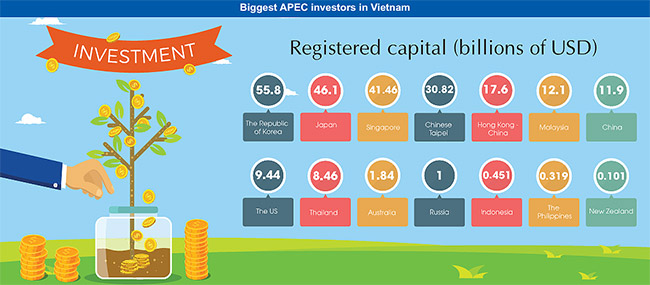 |
| Nine of the 10 top foreign investors in Vietnam are APEC member economies and make up more than 75 per cent of the country’s total FDI Graph: Huy Pham |
Representatives from Toray International – one of Japan’s largest producers of clothing items – are expected to come to Vietnam next month to work with authorities of the northern province of Quang Ninh on a major plant in the province, also its first in Vietnam.
The plant will produce garment and textile materials at the 660 hectare Texhong Hai Ha Industrial Park. Its investment capital is expected to be in the hundreds of millions of dollars. The firm’s representatives have come to Quang Ninh several times.
It is also expected that Toray’s representatives will come to the central city of Danang to attend the APEC Economic Leaders’ Week during November 5-11 – slated to attract about 10,000 delegates and leading businesses from around the region and the world.
Japanese Ambassador to Vietnam Umeda Kunio told VIR that like Toray many Japanese firms are expected to come to Vietnam from now until the year’s end in search of investment and business opportunities.
“Under a Japan External Trade Organization survey conducted in 2016, among investment questions about Japan’s global investment, questions about Japan’s investment into Vietnam were the most [in number]. This shows that Japanese firms’ interest in doing business in Vietnam continues to be very high,” Kunio said.
As of September 20, 2017, Japan – one of 21 member economies of the Asia-Pacific Economic Cooperation (APEC) – is Vietnam’s second-biggest foreign investor, with 3,523 valid investment projects, registered at $46.15 billion.
One of the main reasons behind business and investment decisions by Toray and other Japanese firms in Vietnam is that while Vietnam’s investment climate has significantly improved, APEC is boosting its trade liberalisation. Furthermore, Vietnam is becoming more attractive due to its participation in many free trade agreements.
Under APEC’s Bogor Goals, by 2020 all APEC member economies will see trade and investment liberalisation, through reduced trade barriers and the promotion of free flowing goods, services, and capital among APEC economies.
The average APEC tariff rates have fallen – from 13.3 per cent in 1989 to 5.1 per cent in 2015. Vietnam’s average most-favoured-nations (MFN) tariffs declined from 18.5 per cent in 2007 to 9.5 per cent in 2015.
“Tariff reductions and trade growth amongst APEC member economies has exceeded the global average,” Raymond Mallon, senior economic advisor for the Australia-Vietnam economic reform programme, told VIR. “Implementing APEC-promoted institutional reforms can help Vietnam to reduce business and trade transaction fees and risks, create a more business-friendly investment environment, and facilitate the resolution of trade and investment disputes.”
The APEC Secretariat’s latest statistics also show that many types of products have seen reductions in import tariffs, such as petroleum (2.5 per cent), non-electrical machinery (3 per cent), chemicals (3 per cent), minerals and metals (4 per cent), manufactured goods (5 per cent), and textiles (6 per cent).
The number of zero-tariff product lines in APEC increased from 27.3 per cent in 1996 to 45.4 per cent in 2014. The percentage of zero-tariff imports also increased substantially, from 29.2 per cent in 1996 to 60 per cent in 2014.
These advantages have drawn attention from many APEC firms and investors.
During Prime Minister Nguyen Xuan Phuc’s official visit to the US during May 29-31, he met with leaders of many US groups, including ExxonMobil, Coca-Cola, Nike, Boeing, ASG, McKinsey, General Electric, Murphy Oil, Hilton, and Harbinger Capital Partners. The groups said they will come to Vietnam to attend the APEC Economic Leaders’ Week, and they are eyeing Vietnam as an attractive investment location, with many opportunities.
The opportunities include a developing middle class, a young population, a skilled labour force, competitive labour costs, high GDP growth, and an attractive market with global competitiveness.
According to the Ministry of Planning and Investment (MPI), as of September 20, firms from 18 APEC economies invested in about 20,260 projects in Vietnam, registered at over $244.1 billion – occupying nearly 78.7 per cent of the country’s total attracted foreign direct investment (FDI). For instance, Korea – Vietnam’s largest foreign investor – has 6,324 valid investment projects registered at $55.82 billion, followed by Japan (3,523 projects – 46.15 billion), Singapore (1,927 projects – $41.46 billion), and Taiwan (2,541 projects – $30.82 billion).
Not only leading in terms of capital, MPI said many large-scale FDI projects of APEC members have contributed significantly to Vietnam’s socio-economic development – for example, with the projects of “giants” Samsung (Korea), Intel (the US), Honda (Japan), and Sembcorp (Singapore).
One just has to look at Samsung’s complexes in Bac Ninh, Thai Nguyen, and Ho Chi Minh City; the system of Vietnam-Singapore industrial parks across the country; and the factories of Honda, Microsoft, and General Electric to see the intense connection in trade and investment between Vietnam and APEC member economies.
Vietnam has profited from these benefits since it officially became an APEC member in 1998. Prof. Nguyen Mai, chairman of the Vietnam Association for Foreign Invested Enterprises, commented that FDI in general and FDI from APEC member economies in particular contributed significantly to the formation of many spearhead economic sectors in Vietnam, from oil and gas, automobiles, motorbikes, and electronics, to cement, steel, food, and animal feed.
“It is the FDI sector that has contributed to forming some modern urban areas such as Phu My Hung and South Thang Long, as well as many four- to five-star hotels, high-end resorts and offices for rent. Other sectors like financial services, insurance, banking, wholesale, and retail have also acquired modern business methods and advanced technologies that satisfy the increasing demands of the population,” Mai said.
|
According to statistics from the Ministry of Planning and Investment’s Foreign Investment Agency, as of September 20, 2017, among the top ten foreign investors in Vietnam – excluding the British Virgin Islands, which is in the fifth position – nine are APEC members. These are all important investors in Vietnam, with combined registered investment capital of nearly $234 billion, making up over 96 per cent of APEC investments in Vietnam and more than 75 per cent of the country’s total FDI. |
Chairman of the Vietnam Chamber of Commerce and Industry Vu Tien Loc told VIR that APEC 2017 is “a golden opportunity” for domestic firms to promote trade and investment with foreign partners.
“CEOs of thousands of global firms will come to Vietnam to attend APEC 2017 events. There Vietnamese enterprises can directly meet with CEOs to seek co-operation,” Loc said.
It is expected that during the meetings of Japan’s Toray representatives next month with authorities, its project can find a path to grow in Vietnam.
In 2006 when Vietnam hosted APEC for the first time, global CEOs and Vietnamese firms signed many business and investment deals, valued at $2 billion in total.
Vietnam joined APEC in 1998. APEC members account for 75 and 79 per cent of Vietnam’s trade and international tourist arrivals, respectively. Most free trade agreements that Vietnam has signed, or is negotiating, are with APEC members. In addition, 80 per cent of Vietnam’s overseas students are studying in APEC members.
What the stars mean:
★ Poor ★ ★ Promising ★★★ Good ★★★★ Very good ★★★★★ Exceptional
Latest News
More News
- Viet Nam is trying to improve itself: PM (November 07, 2017 | 15:34)
- PM delivers keynote speech at Viet Nam Business Summit (November 07, 2017 | 11:34)
- APEC Vietnam 2017 special publication now available (November 07, 2017 | 11:32)
- Four Vietnamese entrepreneurs to attend APEC CEO Summit (November 06, 2017 | 20:38)
- State President: APEC shows strong vitality and resilience despite global upheavals (November 06, 2017 | 20:24)
- Concluding Senior Officials' Meeting kicked off in Danang (November 06, 2017 | 16:34)
- Vietnam’s proposals to generate new dynamism for APEC (November 06, 2017 | 15:42)
- APEC media centre in full swing (November 06, 2017 | 15:01)
- CSOM opens 2017 APEC Economic Leaders’ Week (November 06, 2017 | 14:55)
- APEC representatives arrive with high expectations to Danang (November 06, 2017 | 12:07)

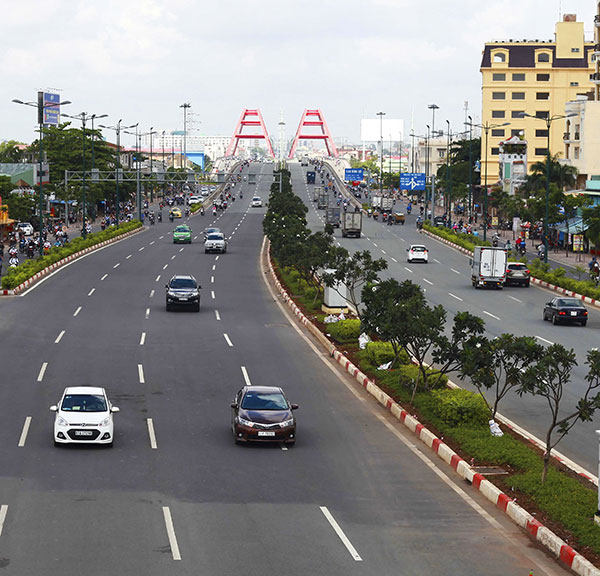
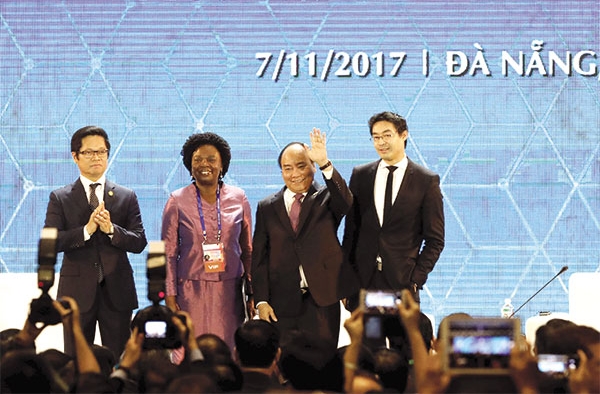
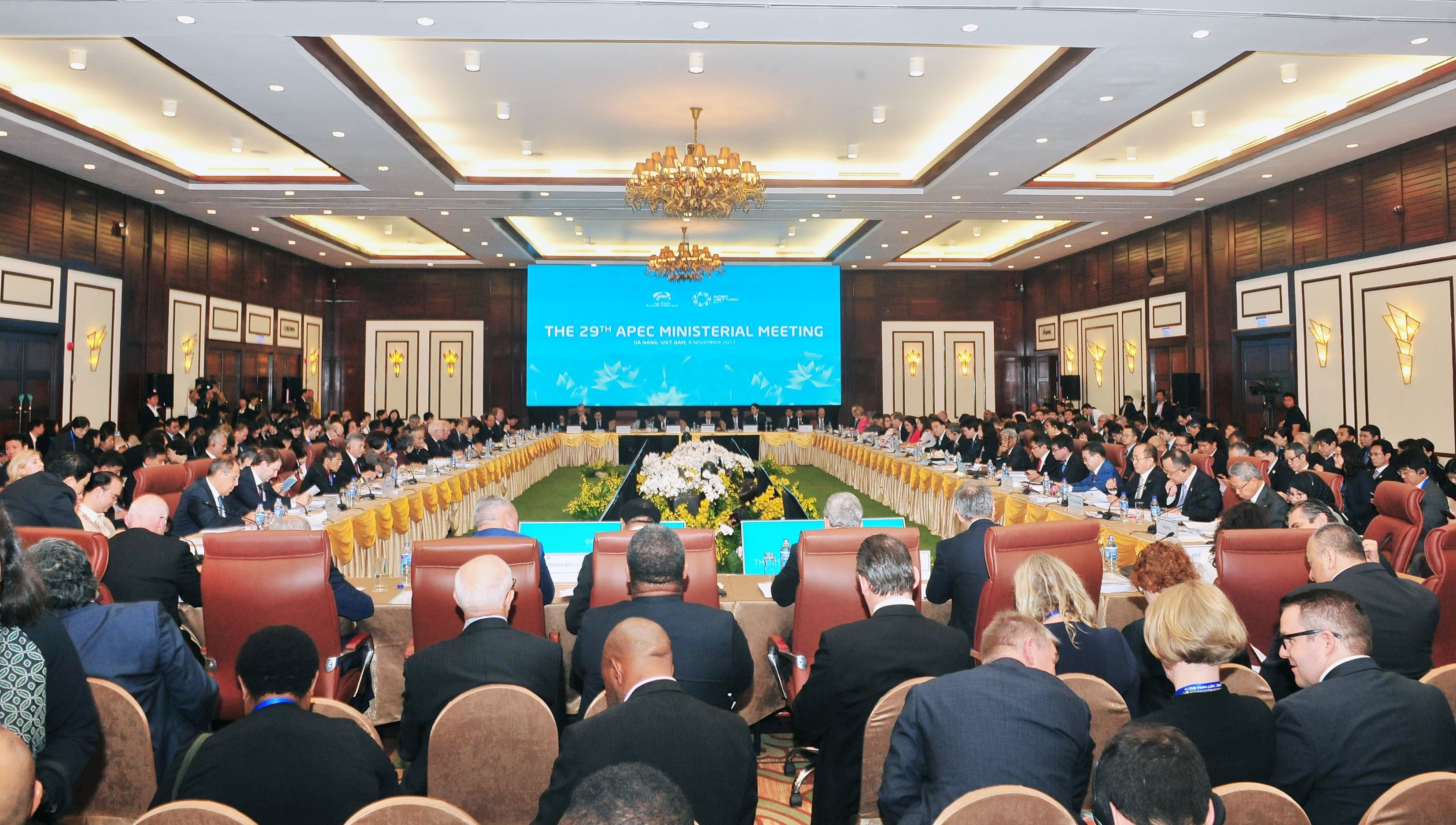
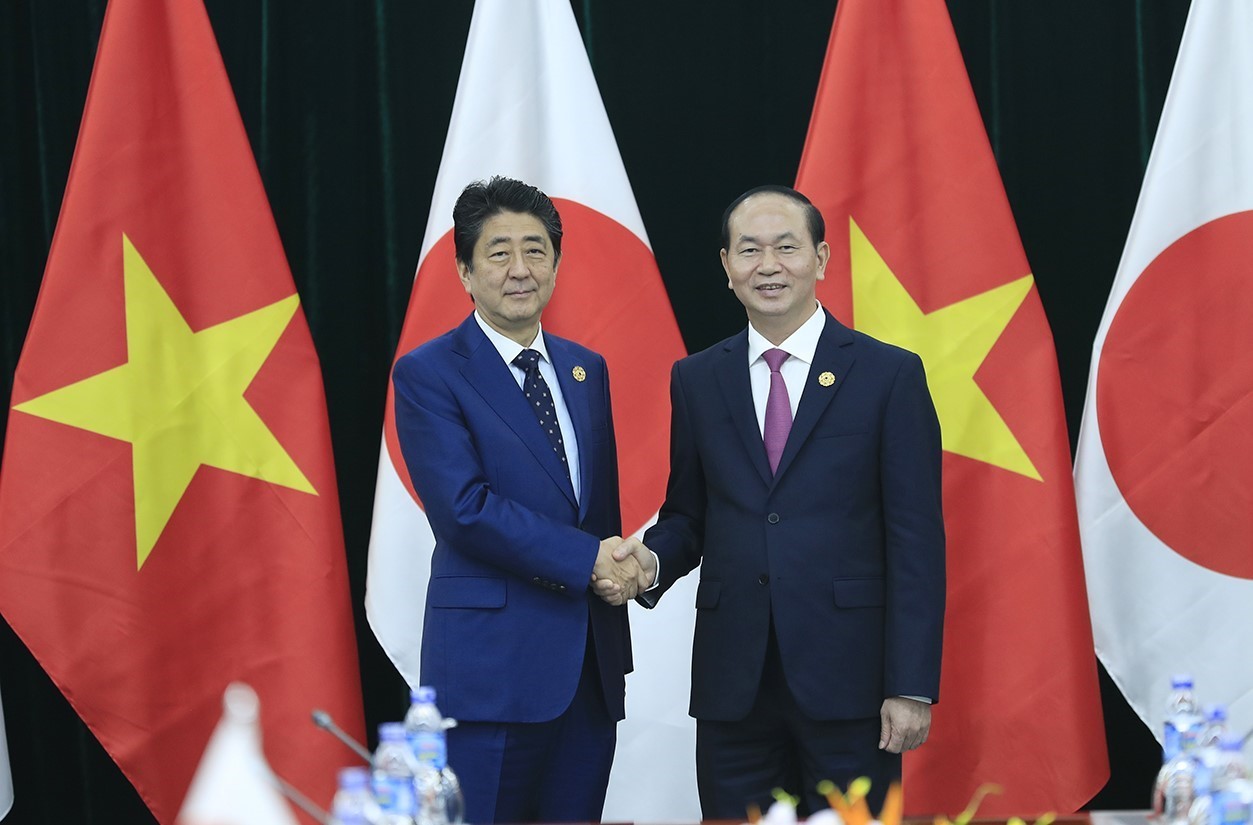

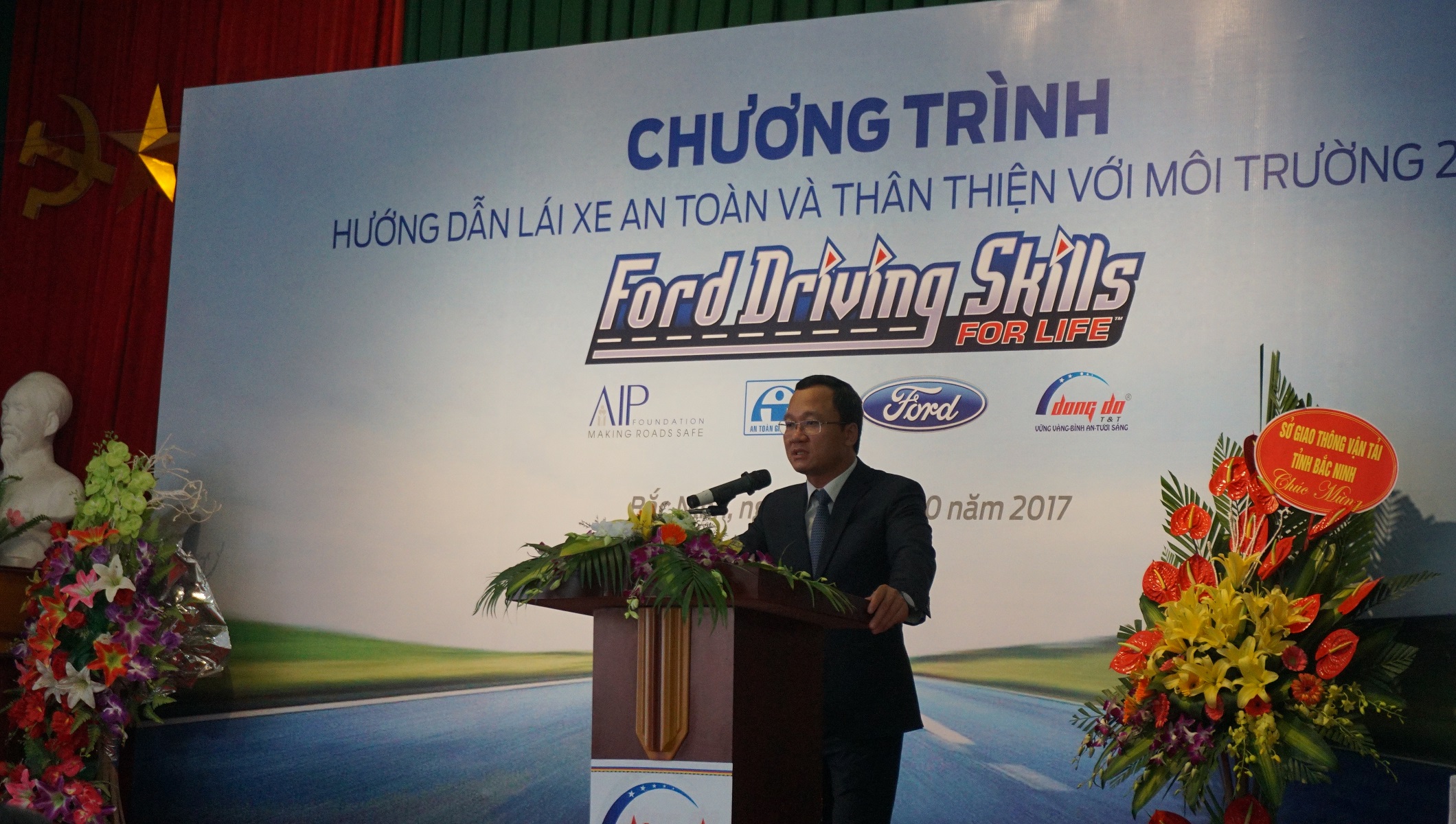







 Mobile Version
Mobile Version